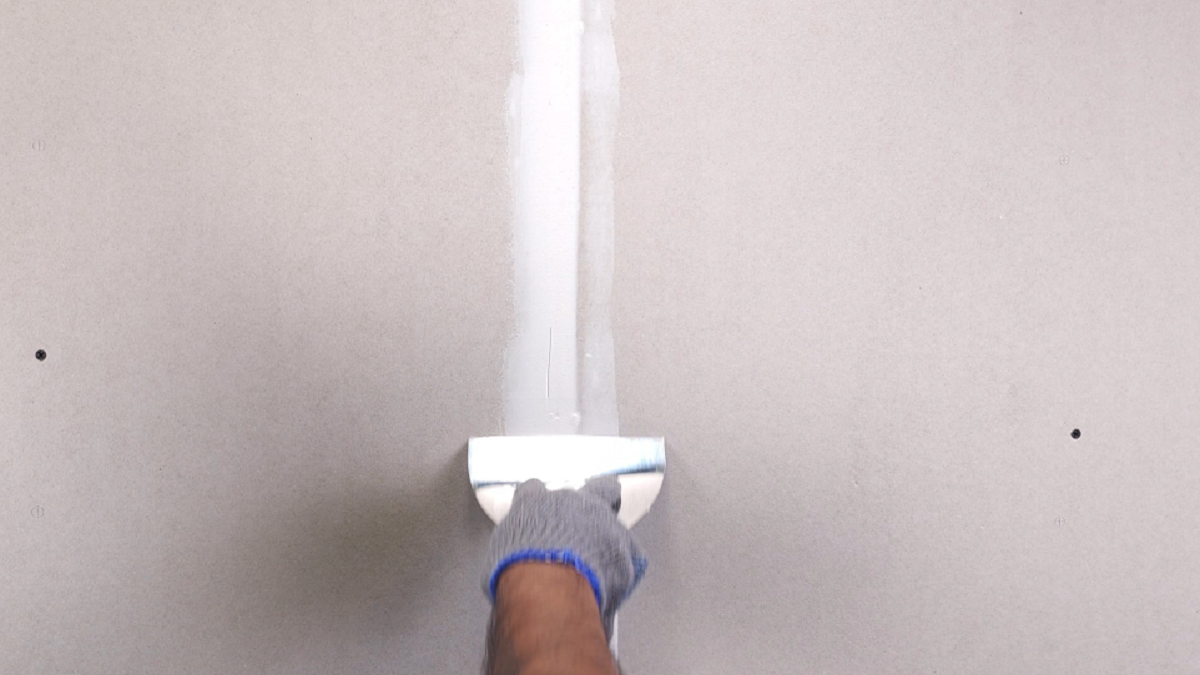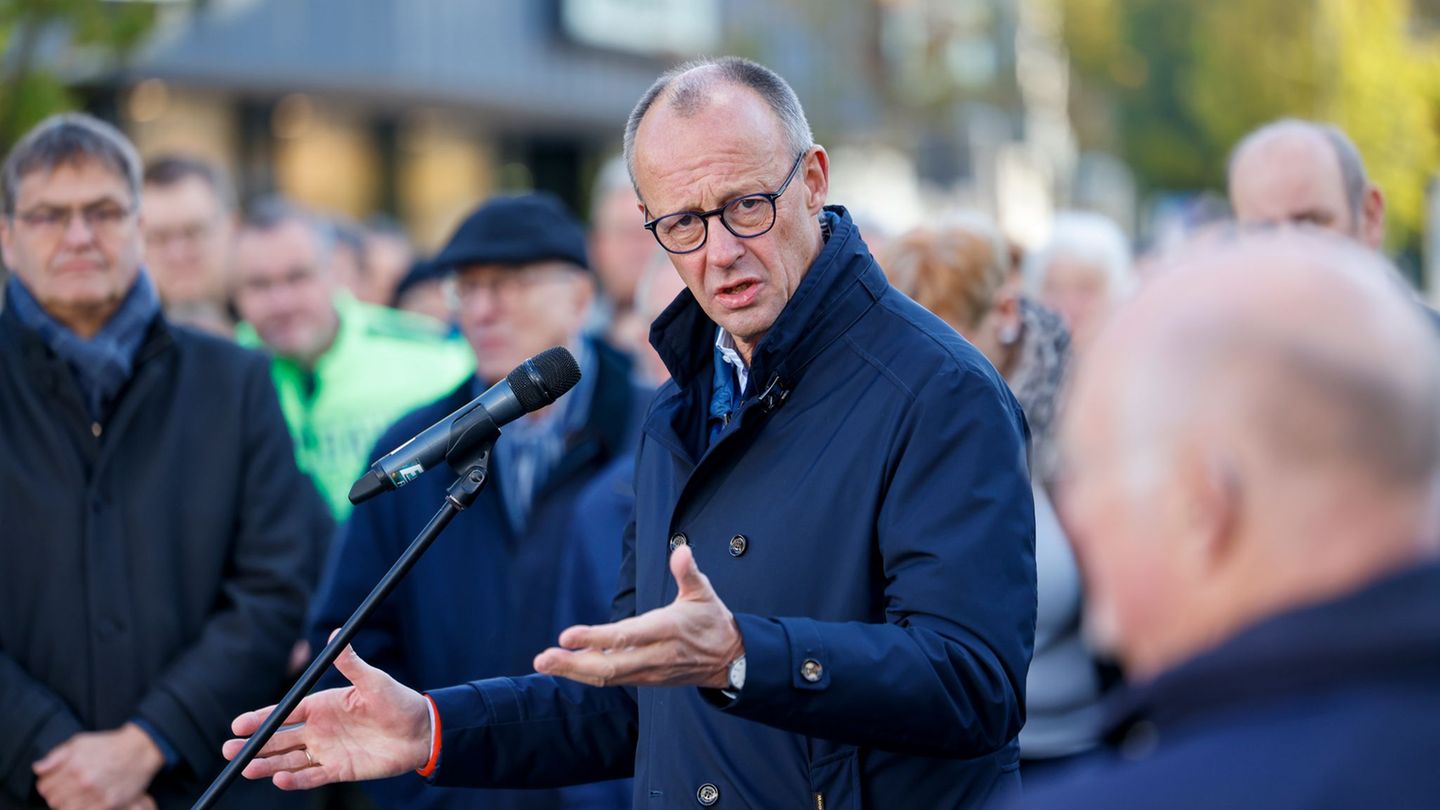The dry construction sector is undergoing a significant transformation thanks to the development of new technologies that simplify and optimize construction processes. In this contextthe elimination of traditional paper tape in gypsum board installation stands out as a milestone that redefines quality and efficiency standards in the industry. This advancement not only responds to the demands of a constantly evolving market, but also drives productivity and sustainability.
Innovation that accelerates construction
The system that eliminates the use of tape in plasterboard joints represents a radical change in terms of time and effort. The combination of specific edge plates with specially formulated caulks allows for faster installation with fewer steps, reducing work times by up to 60%. This not only speeds up projects, but also frees up resources to be used in other stages of the works.
According to industry experts, this evolution is key to adapting to the modern needs of architectural developments. The speed of execution, added to the impeccable quality of the finish, makes this system an indispensable ally for contractors and builders.
A more accessible and reliable system
The new method not only optimizes the work of professionals, but also facilitates its adoption by less specialized users, such as those carrying out home renovations. Eliminating tapes also means a significant reduction in common errors such as wrinkles, peeling and cracking. Additionally, the inclusion of pre-printed markings on the plates for precise screw and stud placement ensures easier and more effective installation.
This simplified approach responds to a growing trend in the sector: democratizing dry construction through solutions that maintain professional quality without requiring advanced technical skills.
Sustainability as a driver of innovation
plate 2.png
The speed of execution, added to the impeccable quality of the finish, makes this system an indispensable ally for contractors and builders.
In addition to the operational benefits, the new system responds to the growing demands for sustainability in the industry. Eliminating materials like paper tape and reducing caulk consumption represent important steps toward more responsible construction. These advances not only reduce waste, but also optimize the use of resources, aligning with the sustainability objectives that guide the main market players.
The experts’ perspective
“This system not only transforms the way we build, but also allows us to do so with greater efficiency and lower environmental impact,” said an industry spokesperson. “Innovation lies not only in the products, but in the ability to adapt to the demands of users and the planet.”
“This launch responds to the vision of being the engine of transformation in dry construction, combining technological innovation with a practical and profitable solution,” he states. Tristán de Villalobos, Marketing and Project Manager at Knaufthe only company in the country that has developed this new system
A new standard for the industry
Eliminating tape in drywall installation is much more than a technical improvement; It is an advance that redefines the possibilities of dry construction. As the industry continues to evolve, solutions like this lead the way to a more agile, accessible and sustainable future.
This development is a testament to the sector’s commitment to constant innovation and the search for solutions that benefit both professionals and end consumers. With technologies of this type, dry construction is positioned as one of the most promising alternatives to face the challenges of contemporary architecture.
Source: Ambito
I am an author and journalist who has worked in the entertainment industry for over a decade. I currently work as a news editor at a major news website, and my focus is on covering the latest trends in entertainment. I also write occasional pieces for other outlets, and have authored two books about the entertainment industry.




